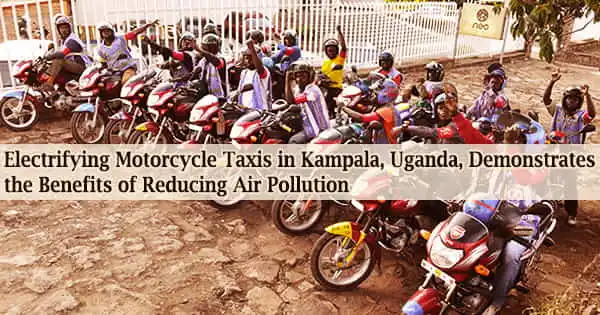Land degradation is a process in which the value of the biophysical environment is influenced by a variety of human-induced activities that operate on the land. It is defined as any modification or disturbance to the land that is either detrimental or unwanted. Natural hazards are not considered a cause; nonetheless, human actions can have an indirect impact on phenomena such as floods and bushfires. Because of the consequences for agricultural production, the environment, and food security, this is seen as an essential problem for the twenty-first century. It is believed that up to 4% of the world’s agricultural land has been severely damaged.
The soil provides a growing medium for a variety of plant types. It also serves as a home for a variety of animals and microbes that contribute significantly to the ecological balance. When the composition of the soil is contaminated as a result of the disposal of hazardous waste or the usage of chemicals, the organisms that rely on the soil for nutrition suffer. The environmental impact of soil contamination or land pollution is frequently overlooked in comparison to other types of pollution.
According to the Intergovernmental Panel on Climate Change’s Special Report on Climate Change and Land: “Human-induced deterioration affects around a fifth of the Earth’s ice-free land area (medium confidence). Soil erosion from agricultural fields is currently estimated to be 10 to 20 times (no-tillage) to more than 100 times (conventional tillage) greater than the rate of soil formation (medium confidence).”

Land degradation is caused by a variety of factors, including harsh weather, notably drought. It is also caused by human actions that contaminate or impair soil and land utility quality. It has a negative impact on food production, livelihoods, as well as the production and delivery of other ecosystem goods and services. Desertification is a type of land degradation in which productive land deteriorates into desert.
One of the biggest causes of soil degradation is the disposal of garbage that cannot be degraded naturally, such as various types of plastic materials, Styrofoam, metal scraps, and so on. These wastes remain in the soil and have an impact on its fertility. Irresponsible dumping of biodegradable or organic waste can also cause contamination and render land areas useless owing to filth.
According to the United Nations, around 30% of the world’s land is deteriorated, and over 3.2 billion people live in these degraded areas. Every year, around 12 million hectares of productive land — nearly the size of Greece – gets degraded. This occurs as a result of individuals using the land without protecting it. The United Nations Sustainable Development Goal 15 has a target to restore degraded land and soil and achieve a land degradation-neutral world by 2030.
Another factor that has contributed to the destruction of many locations is mining. Deep mining creates deep and open shafts, rendering the ground unfit for cultivation or living. The subsurface empty spaces caused by mining can result in the formation of various sinkholes, which can be harmful in many cases. The continual drilling also loosens the soil and promotes erosion.
















